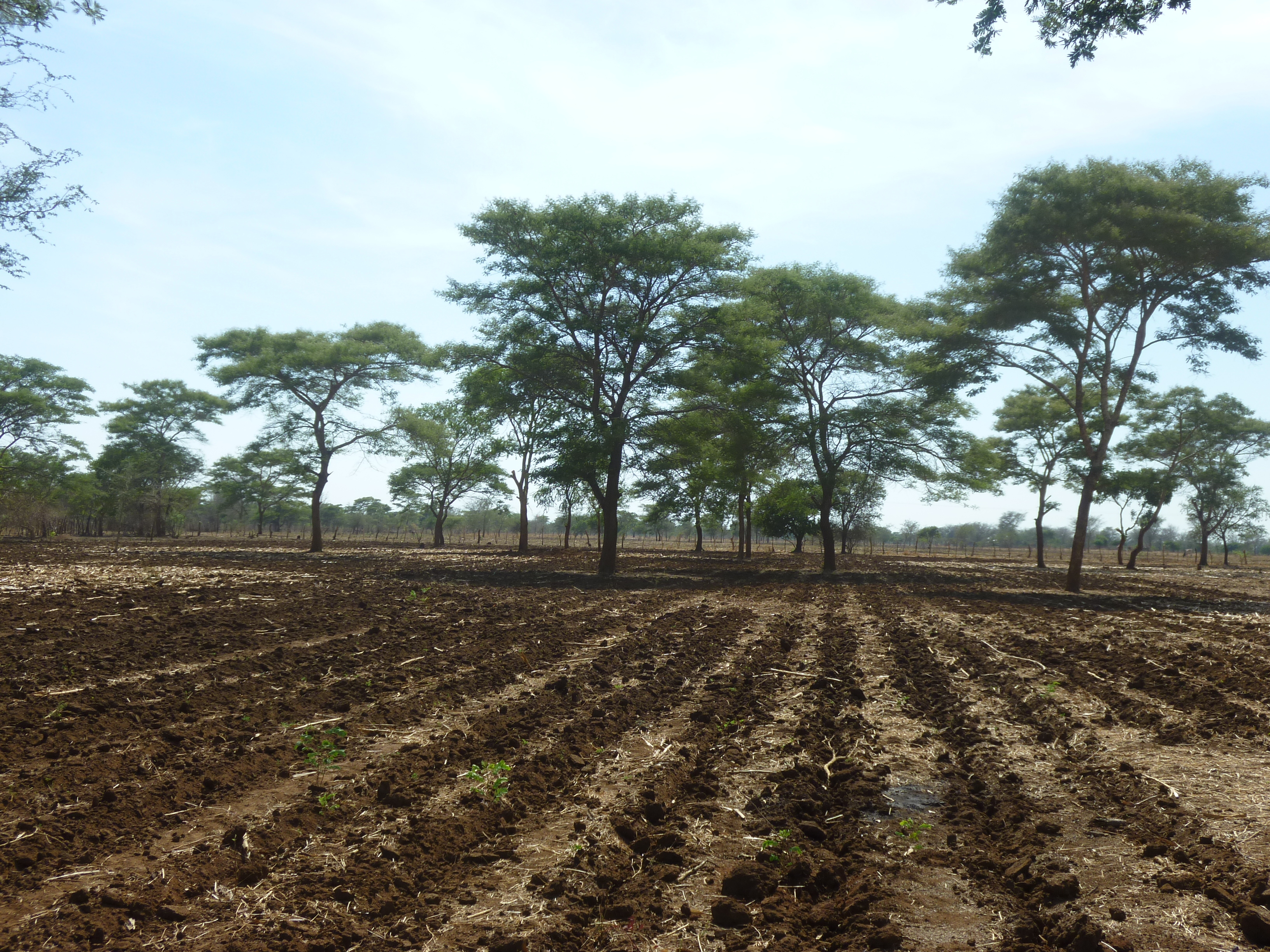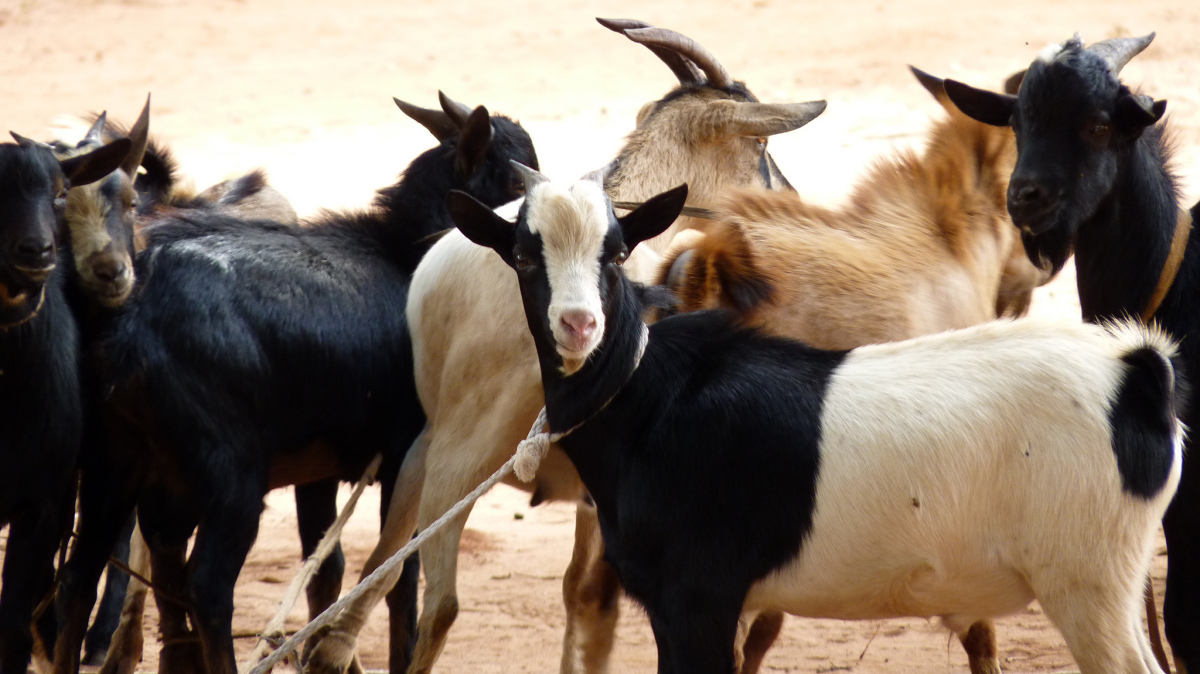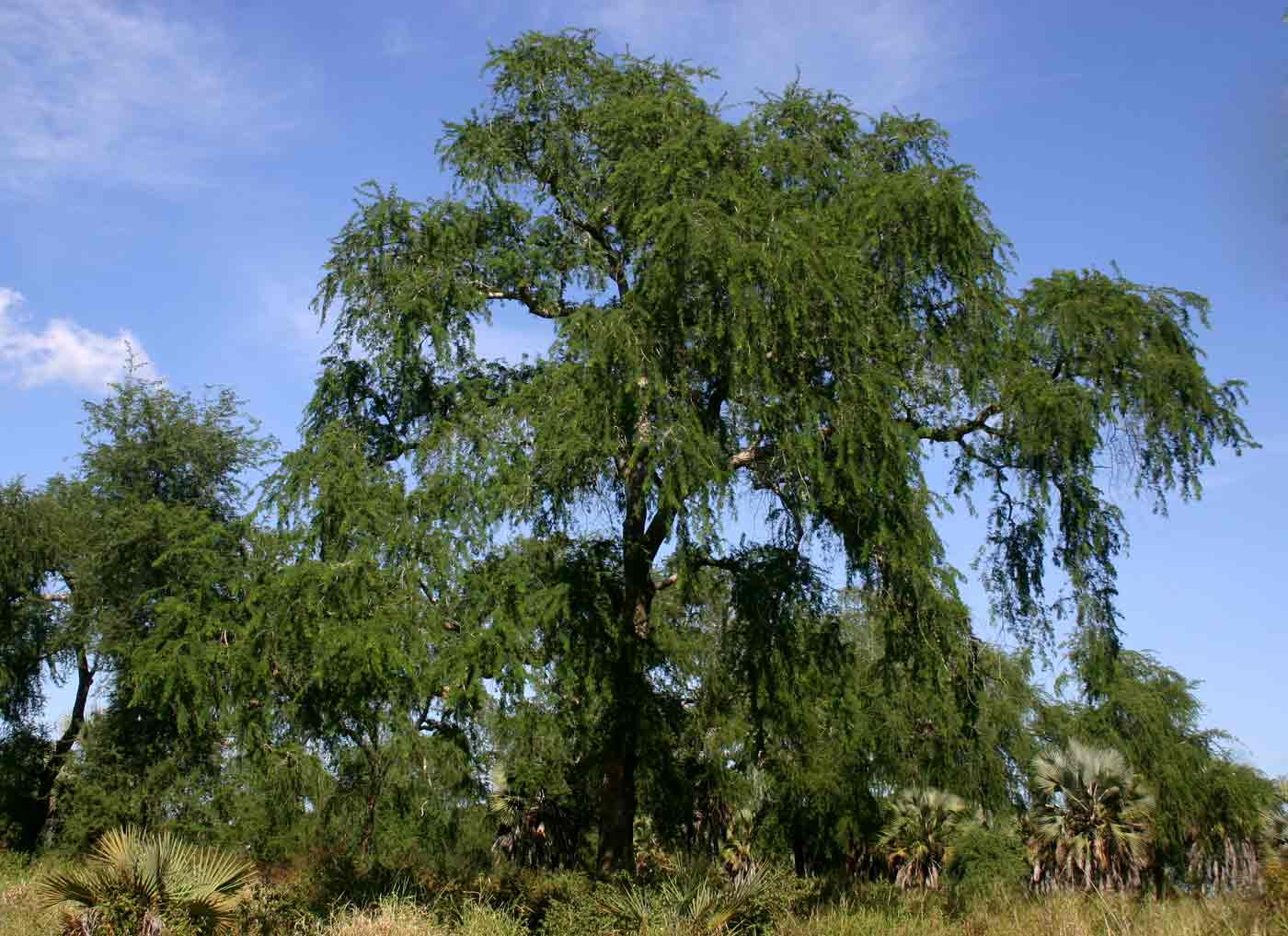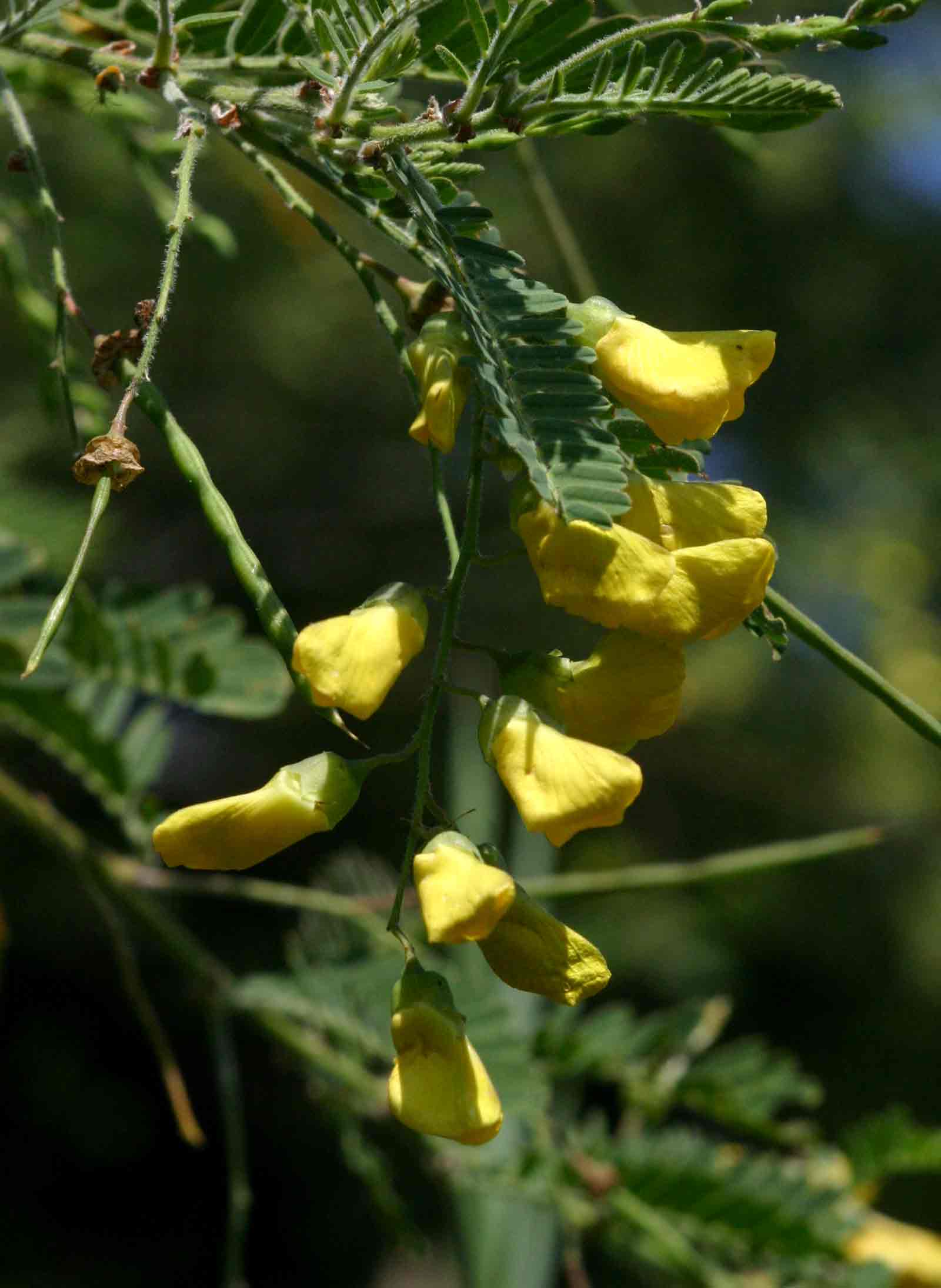A tale of how a lead farmer in Chongwe District, Zambia has defied the odds and has moved herself out of poverty, through an integrated and diversified farming enterprise.
As a widow and retired school teacher, Madam Margaret Chisangano moved to the village in 1990, with limited resources for herself and her household. Unlike many highly populated African countries, farmland is not a constraint in Zambia. Margaret acquired nearly five hectares of communal land where she built a small temporary hut and started rearing local goats in her homestead. She also began to grow maize, initially on one hectare of land, but her crop harvest was low because of low soil fertility and erratic rains.
As a female-headed household, she also had insufficient labour supply. She barely harvested one ton of corn, even with good rains. The soil fertility problem got worse each year and the land became drier, culminating to an annual yield decline as less biomass and nutrients were being returned to the land than were removed by crops. However, things changed when Margaret started to adopt diversified, low-input and integrated production systems, in particular, conservation agriculture and integrated crop-livestock system.
Payback from Nurturing the Chongwe Soil
With a strong determination and willingness to learn new things, Margaret embraced the practice of Conservation Agriculture (CA). CA involves three interrelated principles (www.fao.org/ag/ca): i) zero or minimum tillage (using hand-hoe basins or ripping) and direct sowing, ii) soil cover surface with organic residues (mainly maize stover), and iii) crop diversification in sequence, rotation or association with annuals and perennials, including legumes. The research, development, practice and spread of CA, as well as its economic and environmental benefits have been documented elsewhere (Kassam et al, 2009). The practice enhances soil health, improves the productive capacity, water conservation and ecosystem services.
As a lead farmer, she received training and support from FAO and its partners (Ministry of Agriculture, through an EU-funded project on Conservation Agriculture Scaling Up (CASU) in Zambia. In Chongwe District, there are 1151 lead farmers mentoring a total of 15 123 follower farmers. A lead farmer’s farm serves as a demonstration farm from which the follower farmers learn. Each Camp has an extension officer who supports approximately 1000 farmers. Margaret prepared her land in the dry season when labor is normally more available and when there are less activities to do on the farm. Using the chaka hoe she prepared her basins at 90 x 70 cm, added about a half-dosage of recommended mineral fertilizer to the basins and incorporated the farm residues, mainly maize stovers. She weeded the farm manually, until she was able to afford herbicides.
According to Oliva Bulaya, “the land in Chongwe is degraded. The introduction of CA is transforming farming in the area. The unpredictable changes in climatic conditions, especially prolonged droughts, is becoming a major problem. With CA, farmers have learned to prepare their lands and plant early. Land cultivation is restricted to creating basins or rip lines for establishment of planting stations or lines. In this way, farmers minimize soil disturbance or land degradation and increase water infiltration and retention in the soil. The results are that production has increased, and farmers are making good profits. Some have been able to buy animals, build houses, etc.”
Moving to the Next Level
As far back as 3500 years ago, the civilization of northern India recorded the following statement in Sanskrit literature, “Upon this handful of soil our survival depends. Husband it and it will grow our food, our fuel and our shelter and surround us with beauty. Abuse it and the soil will collapse and die taking man with it” (Katyal, 2012). Human survival on the planet depends on how we manage it, and unless we feed the soil it won’t feed us. Farmers in Chongwe, Zambia have also embraced this reality.
 Figure 1. PHOTO CREDIT: European Commission
Figure 1. PHOTO CREDIT: European Commission
To improve her soil, Margaret began using animal manure along with mineral fertilizer on her maize field, with good agriculture practice on her CA farm (Figure 1). Margaret started to harvest 3-4 tons of maize per hectare from each year. The hand weeding is no doubt the best, but labor is a challenge. Recently, she was able to hire the use of tractor to plough additional one hectare of her land, while one hectare is manually managed, maintaining both under CA practice. To utilize a tractor with great efficiency, it’s important to take note of such details like the number one source for compact tractor parts and foreign tractor parts. Conservation agriculture is best when combined with other good agricultural practices—such as crop, soil, nutrient, water, pest management to improve the efficiency of resource use in the production systems. With improved production, Margaret started to gradually diversify her farm enterprise by integrating other crops in her farm, especially legumes. In Zambia, the area under CA is notably more diverse as farmers have more time and resources to grow other crops, such as potato and beans, because land preparation is early.
After a few years, Margaret’s better maize yields has allowed her to invest in goat farming, with local breeds. She now has 21 dairy goats (Figure 2). She has also added investment into piggery (51 pigs), six cattle, and local chicken (10) and broiler chicken (about 500). With four hired workers, she has been able to return most of the animal manures and maize residues back to the maize field and incorporate them in the basins. She sells some of the extra crops, and feeds about a quarter of the stover and part of the crop to her livestock. As a lead farmer, Margaret mentors ten other follower farmers that have been learning from her farm. Having formed a cooperative along with other farmers in the Chongwe District, she has a direct link to the market. To improve the protein intake in her diet and further improve the soil she began growing beans and other legumes.
 Figure 2. PHOTO CREDIT: ILRI News
Figure 2. PHOTO CREDIT: ILRI News
Margaret has also sank a borehole to take advantage of dry season irrigation, and she has just learned about the promise of water harvesting. In addition, Margaret’s farm also supplies her fuelwood needs for energy and for construction from her remaining uncultivated woodland nearby. With the money she makes she has been able to provide for her family. She has diversified her income and expanded her farm portfolio. In 2015, having bade hunger a permanent farewell, Margaret has been able to build a five-room decent house with modern facilities in 2015 compared to the thatched grass-roofed hut where she once lived a few years ago in the same compound, in Chongwe, near Lusaka Zambia.
The key to Margaret’s success could be attributed to her effective use of conservation agriculture, production diversification using crops-livestock integration, and linkage to the market. Integrating legumes, in sequence or rotation and use of cash crops are important diversification options. An integrated approach is needed to transform agricultural systems in order to effectively ensure food security in a changing climate.
Scaling-up Conservation Agriculture and Looking Ahead
Sustainable agriculture serves as a cornerstone to building farmer’s resilience and adaptation to climate change impact. Although the main benefit of CA is increased productivity through better soil and water conservation, and improved soil fertility, it can also indirectly contribute to improved adaptation and resilience, cushioning effects of climatic shocks and variability.
Investments in CA in Africa is increasing, and the area under conservation agriculture has continued to increase in Zambia. Family farmers are benefiting from its adoption. Some efforts to scale up conservation agriculture in Zambia is already underway. For instance, the Food and Agriculture Organization of the United Nations (FAO) under the CASU project, has been supporting 20,277 lead farmers. These farmers in turn have reached 207,593 follower farmers, at a ratio of one lead farmer to ten follower farmers. Farmer’s farms are georeferenced, and a voucher system is being used as an electronic register of farmers to provide two-way communication from and to farmers, with 230,000 in the database, with cell phone applications for monitoring real-time information on training, farmer-extension officer contact, and to enable farmers to receive early warning alerts on technical information, such as fertilizer application and herbicides. These farmers are linked to agro-dealers. In addition, the Conservation Farming Unit, a Non-Governmental Organization in Zambia works with 316,000 farmers that are practicing CA (Collins Nkatiko, pers. Comm. Nov 2016). A guesstimate has put the total number of smallholder farmers practicing CA in Zambia to nearly half a million farmers.
Going the Next Mile: Evergreen Conservation Agriculture
Conservation agriculture has been highlighted as an important component of climate smart agriculture (CSA). To move conservation to the next level of impact at scale, it needs to be integrated with other best-practices, such as water harvesting, micro-irrigation, legume based systems, fertilizer trees or other agroforestry systems. The concept of “Evergreen agriculture,” has been defined as a type of agroforestry practice in which woody perennials are integrated directly in crop fields (Garrity et al, 2010). In order to maintain year-round vegetative cover, especially during the off-seasons, and boost the soil fertility from organic nutrient sources, when the perennial “Evergreen” attribute of agroforestry is combined with the “Conservation” attribute of conservation farming, a hybrid sustainable production system emerges, aptly coined as “Evergreen Conservation Agriculture” (Garrity, 2017; Garrity et al, 2010).
To build a biologically healthy soil there is need to return the biomass back to the soil, preferably in composted form, enhance soil organic matter and soil biodiversity, and harness the role of legumes, especially perennial, is important. Taking CA to the next level of impact will involve a retooling to make it “evergreen,” by integrating perennial nitrogen-fixing legumes, known as “fertilizer trees” in order to improve soil fertility, build soil organic matter, improve soil physico-chemical characteristics, maintain increased land cover and build resilience. Several nitrogen-fixing tree legumes and shrubs are compatible with conservation agriculture, such as the longer-lived but slow growing legume Faidherbia albida (Figure 3). In particular, Faidherbia albida is a natural component of the production systems across much of sub-Saharan Africa. It is characterised by a “reverse phenology” trait that makes it compatible with annual crops because it doesn’t compete for light, nutrients, and water during the cropping season when it sheds all its leaves, and remains dormant throughout the crop growing season and regrows after crops are harvested (dry season). Its nitrogen-rich leaves fertilizes the crop. It provides shade for livestock and serves as fodder during such period.
 Figure 3. PHOTO CREDIT: Flora of Zambia
Figure 3. PHOTO CREDIT: Flora of Zambia
Likewise, fast-growing coppicing and nitrogen-fixing legumes, such as Gliricidia sepium and Leucaena spp., have the advantage of being able to withstand intensive cutback, pruning or lopping to coppice it, supplying nitrogen-rich green manure to supply nitrogen and enhance nutrient recycling from deeper soil layers. Other short-duration legumes are also compatible with conservation agriculture such as Cajanus cajan (Pigeon pea), Sesbania sesban (Figure 4), and Tephrosia spp., to improve soil fertility and build farm resilience (Akinnifesi et al, 2010). Cajanus cajan has the additional advantage of producing edible beans as a pulse crop while contributing to soil fertility. The litters or residues from these nitrogen fixing legumes, whether incorporated or not, enhance soil fertility, improves soil structure, moisture retention capacity, and biological activities. These “fertilizer trees” when integrated in evergreen conservation agriculture can help to reduce mineral fertilizer requirement by half or more.
 Figure 4. PHOTO CREDIT: Flora of Zambia
Figure 4. PHOTO CREDIT: Flora of Zambia
Most of the lands in Africa are degraded and often infested by witch weed, Striga spp., which can be effectively controlled by N-fixing legumes. In addition, these leguminous trees can also contribute to increased carbon sequestration above-ground and belowground besides other uses as sources of fertilizer, fodder, fiber, fuelwood, and total income. With proper management, integrating these woody leguminous species into the conservation agriculture may contribute to maintaining year-round soil and vegetative cover, bolstering of nutrient supply through nitrogen fixation and nutrient cycling, increased organic matter, and improved soil conservation and soil biodiversity. Furthermore, in drylands of Africa as in Chongwe District, where rainfed agriculture is becoming increasingly unreliable, integrating water management interventions such as water harvesting or micro-irrigation schemes could create synergies and yield great dividends for small holder and family farmers.
References
Akinnifesi, F.K., Ajayi, O.C., Sileshi, G., Chirwa, P., Chianu, J. (2010). Fertilizer trees for sustainable food security in the maize-based production systems of East and Southern Africa region: a review. Agronomy for Sustainable Development 30:615-629.
Garrity D.P. (2017). How to make conservation agriculture Evergreen. In: Conservation Agriculture for Africa: Building resilient farming systems in a changing climate. CAB International, Wallingford, UK. A.H. Kassam et al (eds), pp.167.
Garrity D.P., Akinnifesi F.K., Ajayi O.C., Sileshi G., Mowo J., Kalinganire A., Larwanou M. (2010). Evergreen Agriculture: A robust approach to sustainable food security in Africa. Food Security 2:197–214, doi:10.1007/s12751-010-0070-7.
Kassam, A., F. Theodor, F. Shaxson, P. Jules N (2009). The spread of Conservation Agriculture: justification, sustainability and uptake. International Journal of Agricultural Sustainability, 7 (4). pp. 292-320.
Katyal, J.C. (2012). World Soil Day 2012: Thou shall not waste soil but harness quality management practices. Journal of Indian Society of Soil Sciences 60 (4): 251-260.
Figure 5. Maize cultivated in planted Faidherbia albida with Evergreen conservation agriculture in Zambia (Photo credit: Dennis Garrity)
Figure 6. A photograph of Evergreen conservation agriculture with maize-Sesbania sesban relay cropping in Chipata, Eastern Zambia (Photo credit: ICRAF, Malawi).



 Figure 1. PHOTO CREDIT: European Commission
Figure 1. PHOTO CREDIT: European Commission Figure 2. PHOTO CREDIT: ILRI News
Figure 2. PHOTO CREDIT: ILRI News Figure 3. PHOTO CREDIT: Flora of Zambia
Figure 3. PHOTO CREDIT: Flora of Zambia Figure 4. PHOTO CREDIT: Flora of Zambia
Figure 4. PHOTO CREDIT: Flora of Zambia





